News
Read our past newsletters

Freshman seminar asks students to envision their future in a changing climate

Effects of climate change demand holistic adaptation response
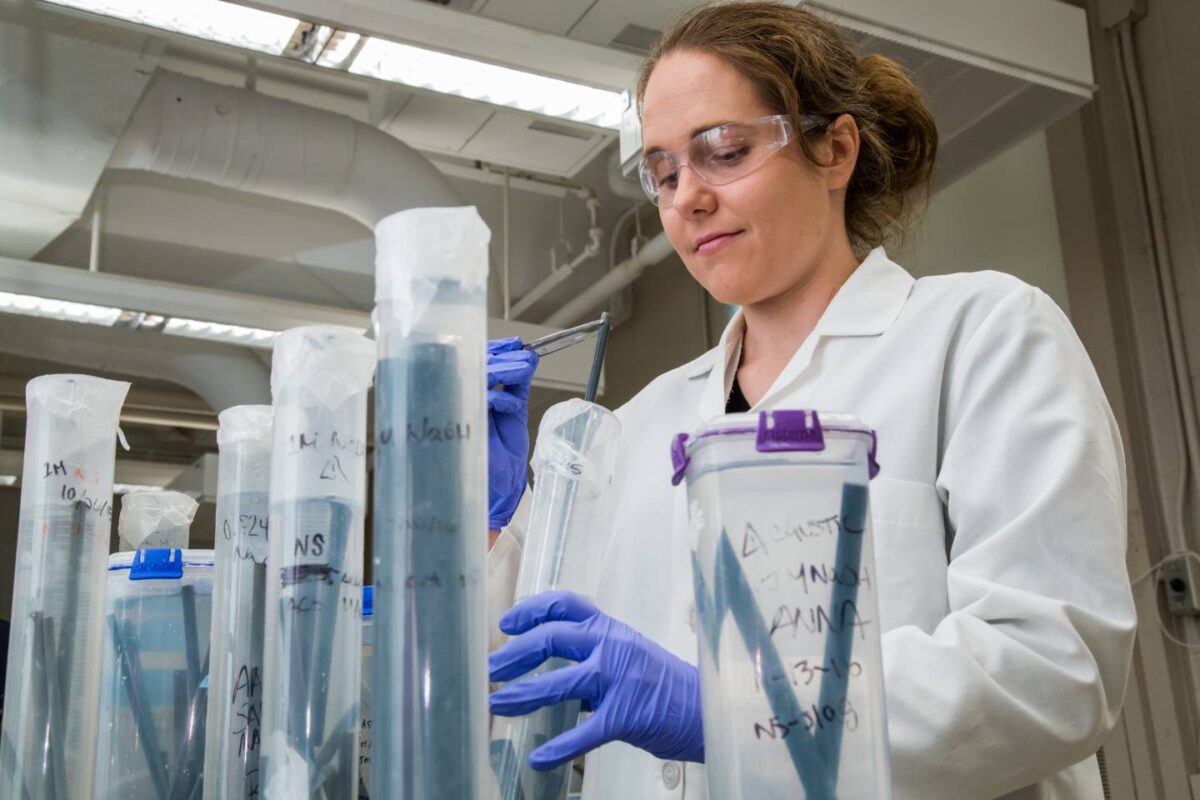
Taking concrete steps to reduce carbon dioxide emissions
Senior thesis deepens the understanding of an architectural icon in Cuba
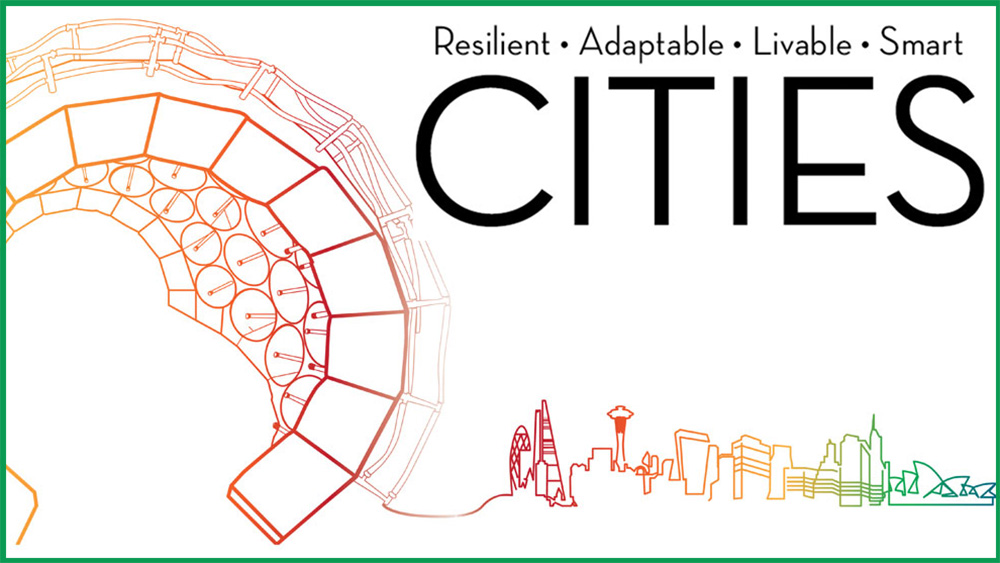
Innovations Build Intelligent Cities
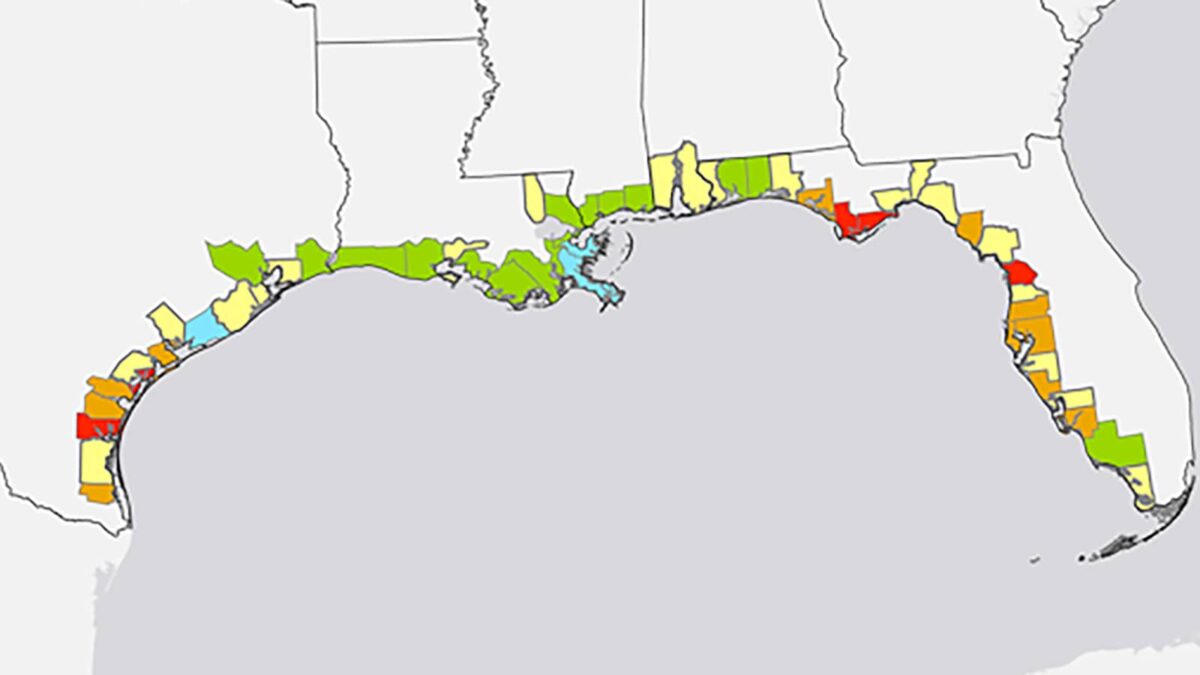
Experience, gender and politics determine hurricane perception
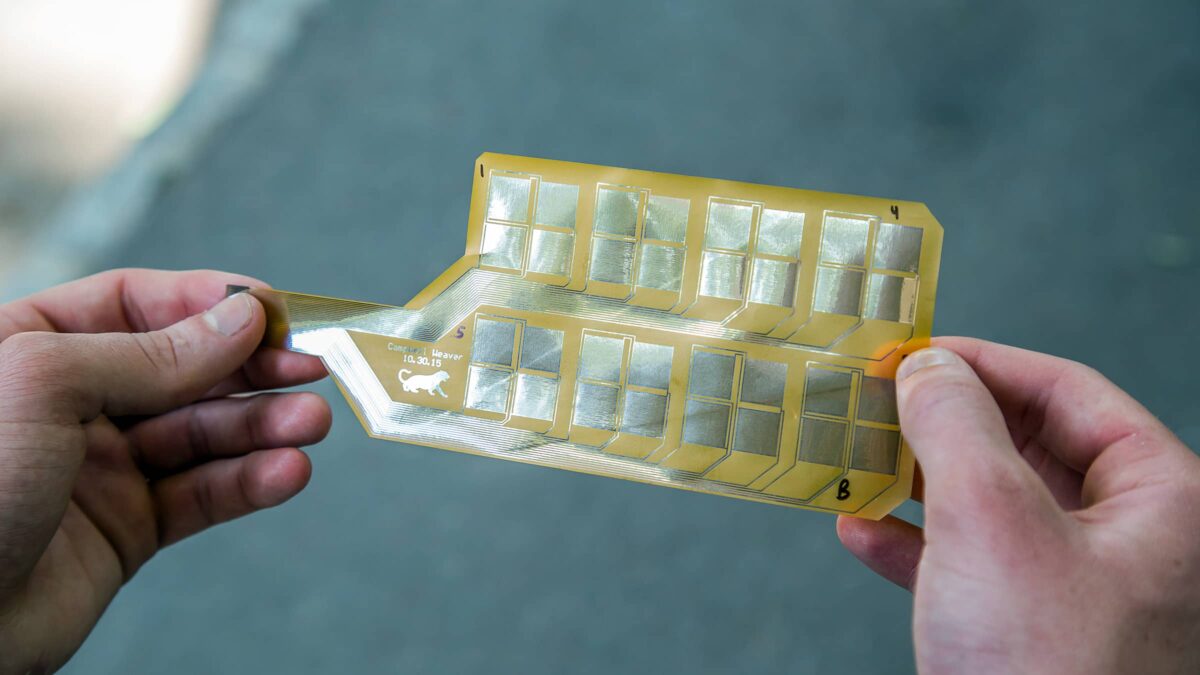
Senior thesis leads to concrete results
Princeton expert to help Brazil with electricity supply problems
Water may be key to countering summer heat in buildings
